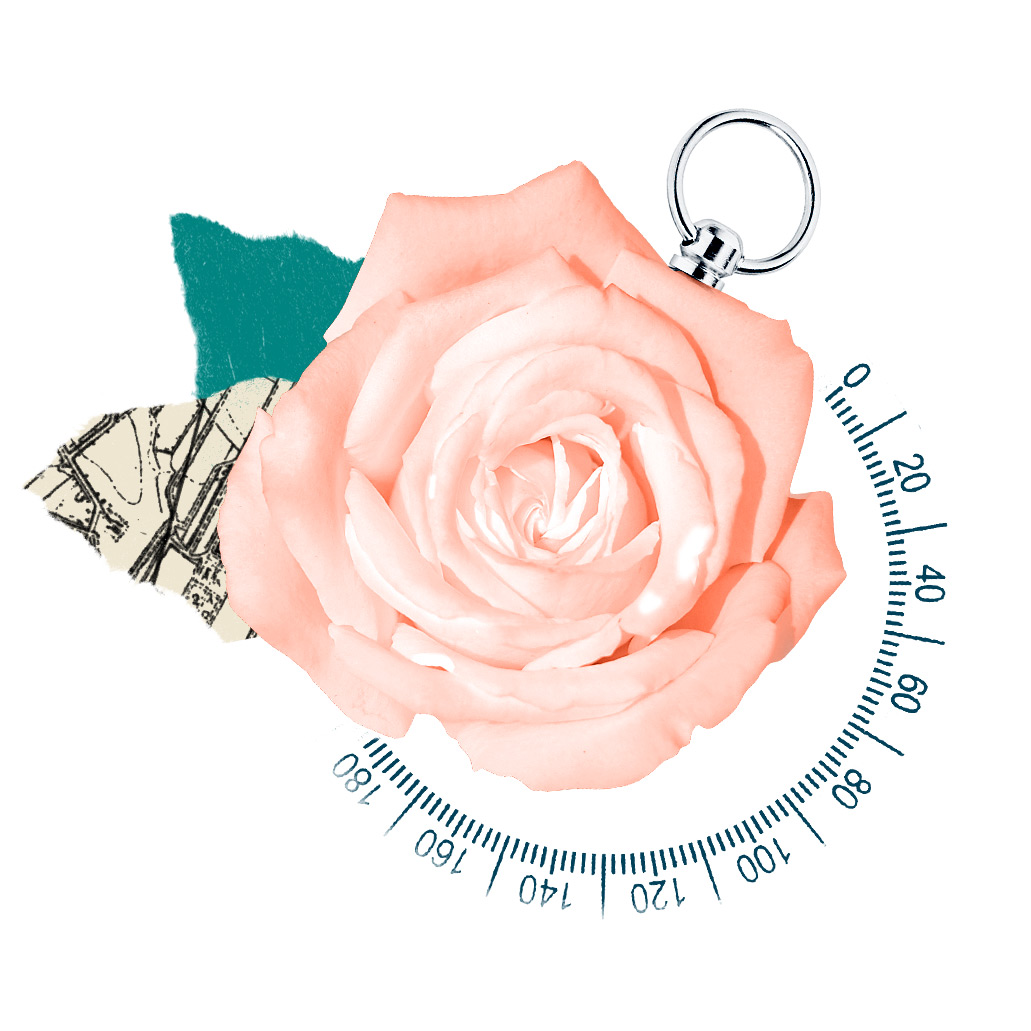Find Lessons
We’ve scoured the best sources from around the world and put them in one place. Use our filter below to find what works best for you and your students.

We’ve scoured the best sources from around the world and put them in one place. Use our filter below to find what works best for you and your students.

14 Results Meet Your Requirements
Create a poem based on letters written by Holocaust victims sent to family members from home, hiding, ghettos, prisons, and concentration camps.
Discover the unifying themes of antisemitism by exploring artifacts and events that demonstrate the fear and anger that fuels this long standing conspiracy theory and its hatred towards the Jewish people.
Using the art and experience of one individual, Franz Karl Bühlerthis lesson asks students to examine the connections between culture and ideology using the Nazi staged art exhibition, “Degenerate Art” and the Nazi T4 program.
Students will create and build upon a working definition of resistance. To do so, students will read a poem on resistance and a call to action written by Abba Kovner.
Students will watch a clip of the 1984 German film Die Wannseekonferenz, witnessing how Nazi officials controlling various facets of German bureaucratic life worked together to make decisions surrounding the minutiae involved in organizing the genocide of 11 million people.
Read excerpts from Elie Wiesel’s Day of Remembrance addresses. Students will have a discussion about commemoration and remembrance.
Explore the power that propaganda can have on young people, especially when it is presented as part of everyday culture.
Students will read a short Anti-Defamation League article about antisemitism in the medieval period. They will then read, analyze, and present a short primary source detailing an act or written piece of antisemitism from the medieval period.
This lesson will help students understand the events of Kristallnacht and the different views and perspectives of those who witnessed it. This lesson will allow them to gain a deeper understanding of the varying human reactions to this violent pogrom against the Jews.
Read through excerpts from some of Adolf Hitler's written works from before and after his appointment as chancellor. Students will gain an understanding for the rhetoric used and how it was put into the context of a problem to be solved in Germany.
Gain an understanding of the depth of which Hitler and Joseph Goebbels were able to indoctrinate the general public with their ideology. This reading will help students understand the reach of propaganda during Nazi Germany and how this transformed the nation.
Listen to a podcast episode from We Share the Same Sky presented by USC Shoah Foundation. Students will hear about the host’s experience visiting Sobibor extermination camp and her connection to the victims.